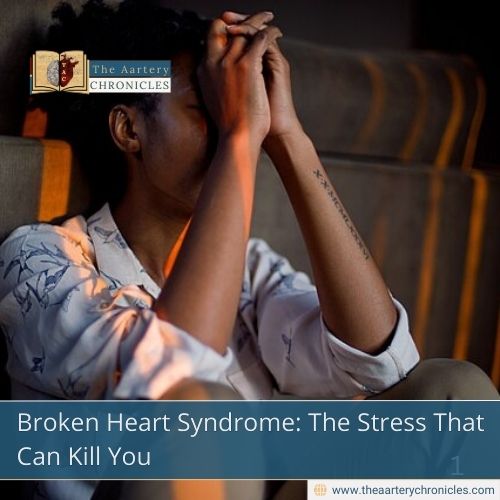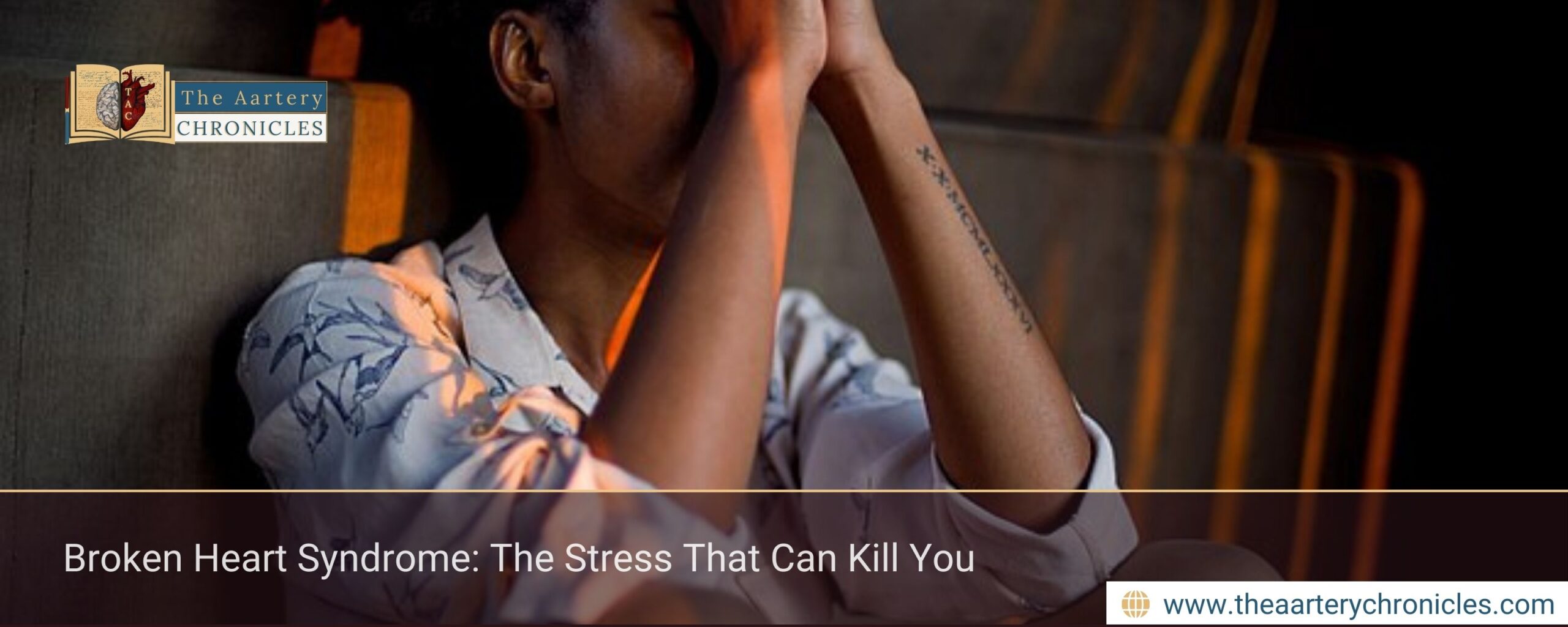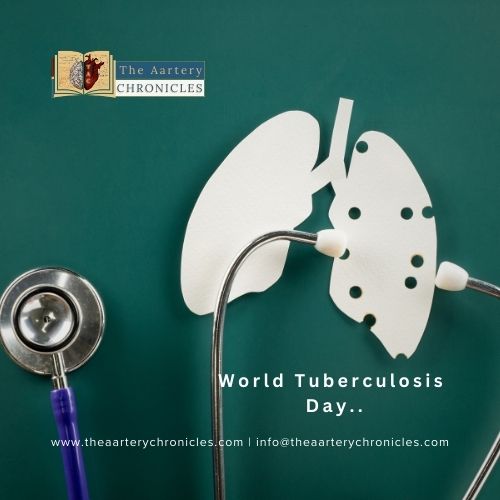

Broken Heart Syndrome: The Stress That Can Kill You
Broken Heart Syndrome occurs when the heart muscle suddenly weakens due to extreme emotionally stressful situations or physically grueling conditions. It is also called Takotsubo cardiomyopathy, and is mainly diagnosed in women aged 58 to 77 years, after menopause (89% cases).
What Happens in Broken Heart Syndrome
This is a short-term syndrome, which can be treated and cured. Imagine you are facing a stressful situation in your life. This causes part of your heart muscles to weaken, thereby putting more pressure on the remaining heart muscles. These weakened muscles disturb the natural flow of blood pumping in your heart, thereby hampering other parts of your body.
Our body is made of cells that require a constant flow of oxygen to function, and this is provided by the heart. When the heart muscles weaken, this flow of oxygen in the blood also reduces, thereby leading to broken heart syndrome.
During extremely stressful situations, our body releases stress hormones in our blood that affect the natural functioning of the heart, which may lead to broken heart syndrome.
In women, the level of the hormone estrogen falls with age, making them prone to broken heart syndrome.
Symptoms
The symptoms of Broken Heart Syndrome are:
- Severe and sudden chest pain
- Shortness of breath
- Weakening of the left ventricle of the heart
- Irregular heartbeat
- Low blood pressure
- Fainting
Emotional Triggers Causing Broken Heart Syndrome
Emotional triggers like some bad news (sadness), good news(promotion, cinched a contract), traumatic events (accident, death of a loved one, domestic violence), natural disasters (floods, fire), feeling of anger, guilt or fear, inability to cope with the going-ons in life, feeling of inadequacy, low self-esteem, in short, any feelings and emotions that cause stress/anxiety.
Physical Triggers of Broken Heart Syndrome
Physical triggers that may lead to Broken Heart Syndrome include severe pain, extreme exhaustion after a physical activity, sudden asthma attacks, breathing difficulties, high fever, low blood sugar, seizure, stroke, huge blood loss or surgery.
Health Complications
Broken Heart Syndrome exhibits complications, but these are extremely rare :
- Pulmonary edema
- Rupture of the left ventricle
- Blockage of the flow of blood from the left ventricle
- Heart failure
- A blood clot in the wall of the left ventricle
- Low blood pressure
- Abnormal heart rhythm
- Cardiogenic shock
- Heart block
- Death
Broken Heart Syndrome Variants
Broken heart Syndrome has the following variants:
1) Apical: The most common variant, it affects the lower half of the heart and is seen in more than 80% cases.
2) Mid-Ventricular: This affects the middle portion of the heart’s lower chambers (ventricles), and can be noticed as a belt or ring around the heart. The portions of the heart above and below this belt/ring have normal functioning.
3) Basal: This affects the upper ventricular portion of the heart and can be distinguished as a belt/ring around the heart. However, in this, the portion below the belt/ring functions normally. This is an extremely rare variant accounting for 2% cases.
4) Focal: This affects a smaller portion of the heart, appearing as a bulge, showing outside the heart, with the opposite side of the heart curving inwards towards this bulge. This is the rarest of rare variants, accounting for 1% of cases.
Diagnosis
Broken Heart Syndrome can be diagnosed by the following tests:
- Blood test – to check for damaged heart muscle cells
- EKG – electrocardiogram
- Coronary angiography
- Echocardiology
- Chest x-ray
- Heart MRI
- Ventriculogram – an X-ray taken after the injection of dye in the left ventricle of the heart to determine the size and pumping efficiency of the heart chamber
Treatment
The good news is that broken heart syndrome can be treated, as it does not cause any blockages in the coronary arteries. In this, the heart muscles are merely stunned and recover within one to four weeks, with a maximum of two months, with proper treatment.
- According to a study by Harvard, treatment of broken heart syndrome includes ACE inhibitors, angiotensin receptor blockers (ARB), and beta-blockers to alleviate the strain on the heart.
- Deep breathing exercises and meditation calm the mind and alter its stress response, which may reduce the chances of broken heart syndrome and any heart issues.
- Diuretics that decrease the buildup of fluid in the heart.
- In extremely rare cases, an intra-aortic balloon pump or left ventricular assist device may be used.
Prevention
There are some ways to prevent the onset of any cardiac or health issues:
- Regular exercise, physical activity, keep moving, aerobics, Zumba, dance
- Manage stress: Meditation, Yoga, journaling, practice gratitude, engage in hobbies, and learn a new skill.
- Adequate hydration
- Balanced timely meals
- Consistent bedtime routine
- Early morning awakening
- Practice Digital detox daily
- Reduced screentime at night
- Volunteering activities
- More time with loved ones
- Self-care activities
- Motivational speeches, books, videos
Stay healthy, protect your heart.
- Rupal Sonpal
- Health News and Updates,People Forum
- 19 September 2025
- 11:00








